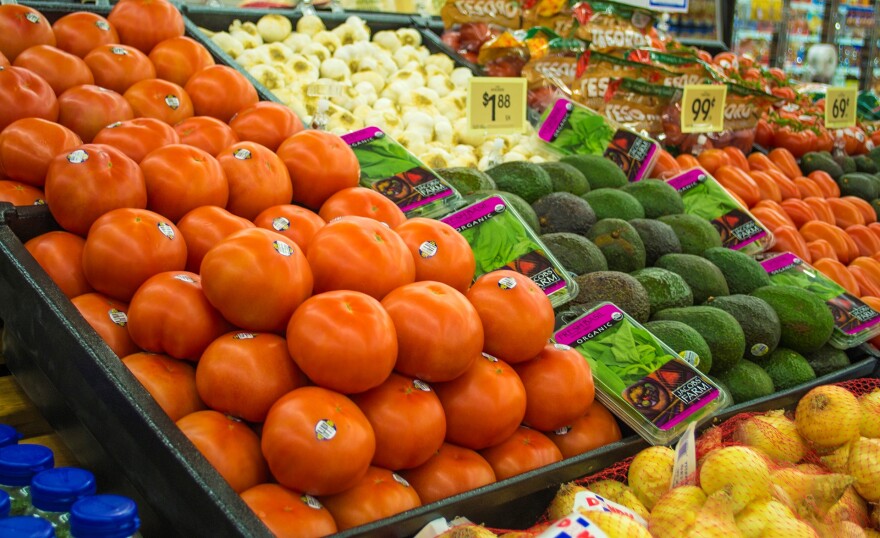Many people in Columbus are going hungry at times because they can’t buy enough nutritious food to last through the month. A new study by Ohio State University researchers found that a third of households in some neighborhoods struggle to get enough food.
That figure is twice as high as previously thought.
“We’ve got parts of Columbus that are experiencing... rates that over half the people we were surveying in those neighborhoods were considered food insecure,” says Michelle Kaiser, an assistant professor of social work at Ohio State and the study's lead author.
The study, "A Tale Of Two Food Environments," was published last year in the Journal of Hunger & Environmental Nutrition.
Kaiser says many people skip meals, and experience health consequences both physical and mental.
“We see individuals who are food insecure having much higher levels of mental health issues, like depression and anxiety,” Kaiser says. “If you can imagine not knowing where your next meal is coming from or having to stand in line at a food pantry regularly, even though it’s a great opportunity, that that’s a very stressful experience.”
The Ohio State study took place in neighborhoods that intersect with High Street, including Franklinton, the Arena District, Italian Village, the Ohio State campus area, parts of Weinland Park, Linden, Milo-Grogan and the Near East Side.
In the study, 663 households answered questions about what kind of nutritious food they could access. Twenty-six percent responded they were not at all satisfied with their ability to access food. Twenty-seven percent said it was difficult to find fresh fruits and vegetables at their local store.
Overall, 32 percent of the households had low or very low food security.
Kaiser says often, there isn’t a full-service grocery store in the neighborhood.
“Their cards are sort of getting stacked against someone when you go to places, and yes, you can find some of your basic items, but we’re really setting people back when there’s not an opportunity to purchase healthier foods,” Kaiser said.
The zip codes with the highest rates of “very low food security” were:
- 43223 – South Franklinton and South Hilltop
- 43219 – East and Northeast Columbus
- 43211 – South and East Linden
- 43215 – Downtown, Short North, Arena District, and East Franklinton
- 43222 – Franklinton
Kaiser says hunger and food insecurity can have worse effects on people with health problems.
“Someone with diabetes or high blood pressure or high cholesterol is not able to meet their dietary needs in a way that is not just convenient, but it adds to the challenges they’re already experiencing," Kaiser says.







